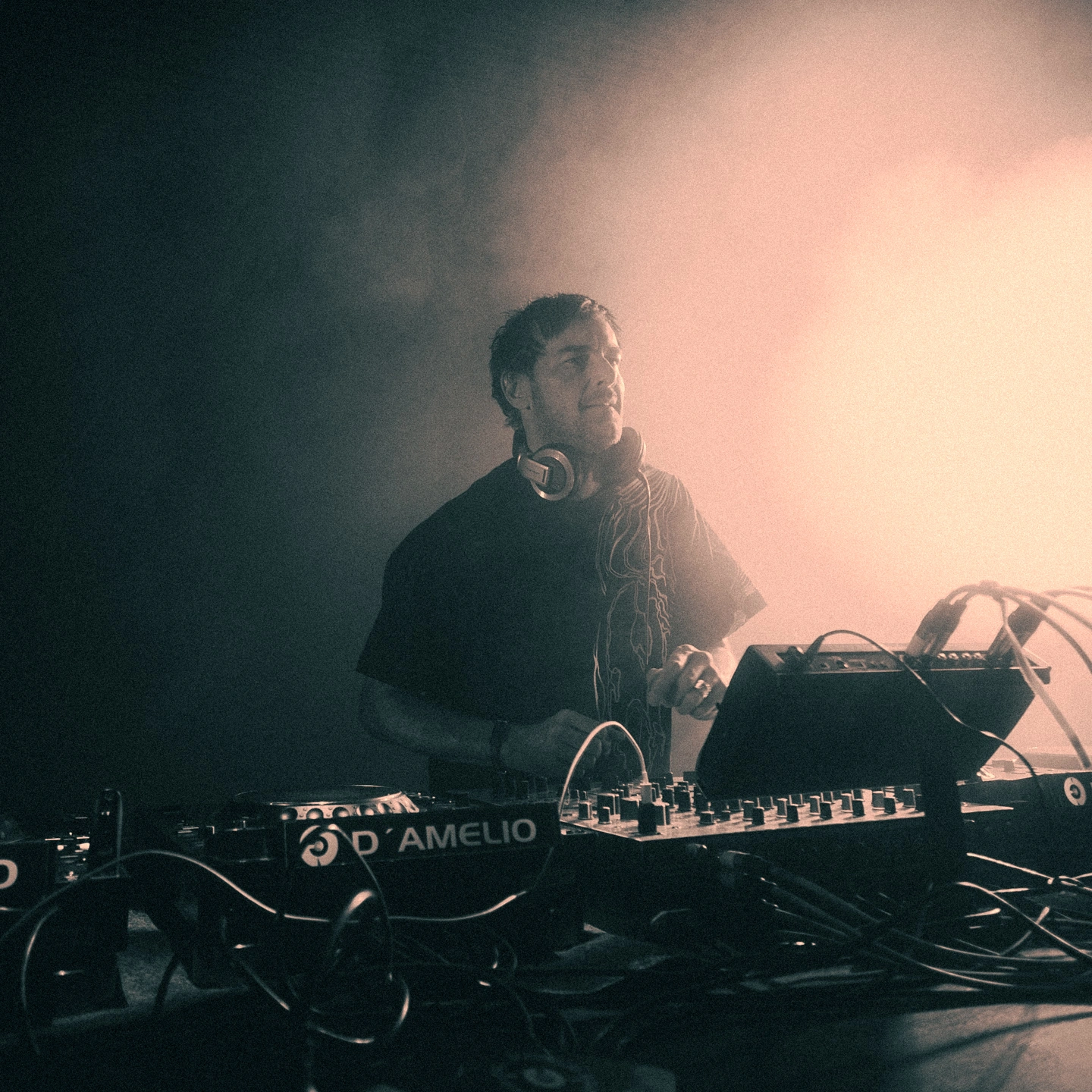Coda Collected: From manouevres in space to skies that are angry, Quivver runs us through his Most Iconic Productions…
Exploring the Quivver discography is a true delight. Rich with moody keys, captivating melodies, and spectacular samples, it highlights how deeply Quivver aka John Graham embodies the progressive spirit.
And by spirit we mean an aural aesthetic crafted for deep, hypnotic immersion, paired with thick, warm, and driving drums—all soaked in MDMA, of course.
Hailing from the UK, his portfolio stretches back to 1992 when he first emerged within the then-burgeoning UK Jungle scene, releasing vital productions under the monikers Globe, Skanna, and Thunderhead.
With intricate drum programming and a tendency toward emotional extremes, many of these releases achieved underground hit status. (Fans of Nick Warren‘s Back to Mine will recognize this broken beat gem.)
Today, those monikers are sought-after items among jungle, hardcore, and drum and bass vinyl collectors: this release is selling for A$300 on Discogs.
The tissue connecting Quivver productions with John’s junglist roots are evident: a love for sampling, sound production techniques, and a flair for audio theatrics.
The Mount Rushmore
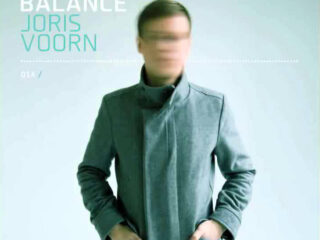 It’s telling that what John considers an essential Balance Series entry is also one of our most adventurous releases. He remarks, “Joris Voorn’s was definitely a favorite from a few years back. He did such a great job of that mix, soooo fucking cool and groovy.”
It’s telling that what John considers an essential Balance Series entry is also one of our most adventurous releases. He remarks, “Joris Voorn’s was definitely a favorite from a few years back. He did such a great job of that mix, soooo fucking cool and groovy.”
Voorn described that mix as ‘painting with music.’ Quivver‘s productions are similar, yet they differ slightly: they entertain like a good fiction book, more engrossing.
All those hallmarks are present in his recent compilation, Balance Presents Dave Seaman and Quivver. It’s a mix three years in the making which sounds as though it was fussed over for twice that time.
At the center of many moments are Quivver-affiliated productions. “Mushroom Embargo” leaps at you like a spider monkey, with drama conjured from discordant tones and dark samples—the mad chant sample coming from a Dave Seaman vocal. “Operation Magpie” is filled with a kaleidoscope of sounds, blips, and blobs. “Fever” is more earnest, with its tribal drums tempered by solemn pianos. The enitre mix showcases Quivver and Dave Seaman at their very best.
We were curious what Quivver thought about his own productions. What would he consider his Mount Rushmore? A trip down memory lane was in order, not just for us but for John too. He reflected, “It’s weird thinking back to these tracks and remembering where I was—and where my life was at—when I made them.”
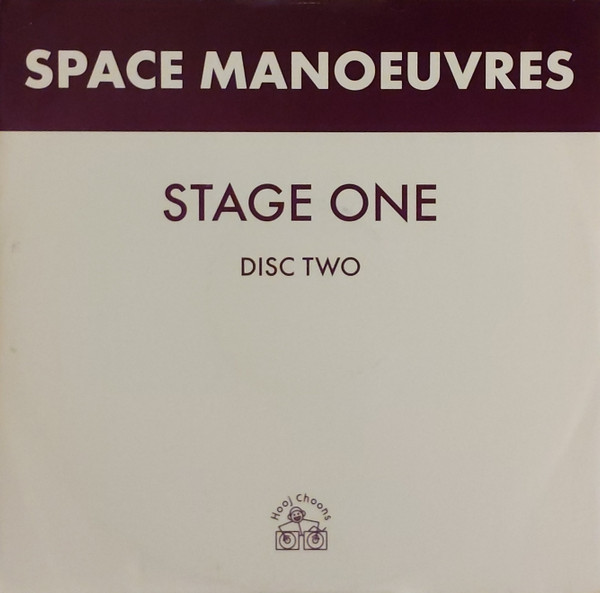
Hooj Choons
1999
If there were a shortlist for the best ’90s progressive anthems, this would feature prominently. Appearing on mix compilations from Sasha to Paul van Dyk, few tracks can claim the impact of this gem.
It sits somewhere between an underground anthem and a mainstream outsider, oozing the ‘if you know, you know’ energy typically reserved for those in the know. Like many great songs, this one emerged from a jam session that initially didn’t resonate.:
“This track started with the main arpeggio riff, which I played on a Korg Trinity, and a load of spacey sound effects. I really liked the sound of it, but it didn’t sound like a Quivver track.”
“I didn’t really know what to do with it, so I left it on the back burner for a while.”
It was left simmering until, with a little help from a friend, inspiration struck.
“Mick Park (who I was working with on Tilt) sent me a DAT tape with a bunch of stuff he’d recorded from films and trailers.”
“There was this dialogue from the trailer to ‘Event Horizon,’ and when I heard it, I had a lightbulb moment. I dropped some of the dialogue into the track. It worked so perfectly.”
‘In deep space. Abandoned. Many crew? Negative.’ If you haven’t seen Event Horizon, you’re probably unaware that it’s widely regarded as one of the darkest, most intense sci-fi movies ever produced.
That sample was born out of existential anxiety; however, through John’s production, the horror is transmogrified into a strangely personal reflection that inspires introspection, somehow elevating the track from deep to deeply profound.
In fact, it was so affecting it escaped the confines of the club, a surprising feat for a track so in tune with dancefloor ecstasy.
“I remember the week prior to the release, Hooj Choons told me that they’d had a lot of pre-sales and it might actually get into the national BBC Top 40 singles charts, which was a rare thing for me!”
“That Sunday I was at the local pub with my mates and a few of us went outside and cranked up the radio in my mate’s car to listen to the Top 40 countdown on Radio One.”
“They counted down to 30, and I assumed that it hadn’t charted, but we stayed outside a bit longer, talking, drinking, and barely even listening by this point—until I heard the DJ say ‘Space Manoeuvres”.
“It had gone in at number 25—a very big deal for me, and needless to say, it made my weekend! Good times…”

Deconstruction
2000
In 2000, Maria Nayler was riding high. After being picked as the official support act for Kylie Minogue’s 1998 UK tour, she went on to collaborate with the likes of Robert Miles and Sasha, firmly establishing her place among the dance music elite.
Making smart moves, she teamed up with prog dons Tilt for a series of collaborations. ‘Angry Skies‘ was the first result, a vocal-trance pop cut of the kind which was so ubiqitous back then.
In other words: by no means a ‘now I become underground, the Destroyer of Dancefloors‘ prog banger that Oppenheimer warned us about.
“I did this remix at RIP studios in Stoke with their engineer—and all-around top bloke—Andy ‘Redanka’ Holt. It’s probably my all-time favorite Quivver remix.”
“I finished my sets with this remix for months after I made it, and it always went right off.”
If “Stage One” claimed the emotional side of the progressive coin, this remix inhabits the flip: percussive, phat, and rolling prog techno thunder that feels relentless.
The centerpiece is a bassline that lassos you and doesn’t let go as it gallops off into the distance – cackling. It truly puts the ‘banger’ in ‘bangers and mash.’
And Quivver wasn’t the only one who felt this track: all the main prognoscenti got on board.
“My favorite memory of this track is when I did a gig in Denver with Sasha and Digweed, not long after it was released, and Sasha finished the night with it.”
“I was out on the dance floor (pilled up) and the place went absolutely nuts! What a moment!”
If you require proof, go feast your ears on Sasha’s blistering 1999 Live from Gatecrasher Essential Mix. The collective gasp of euphoria coming from the main room dance floor after the drop is joyous: An absolute love letter to the early halcyon days of dance music.
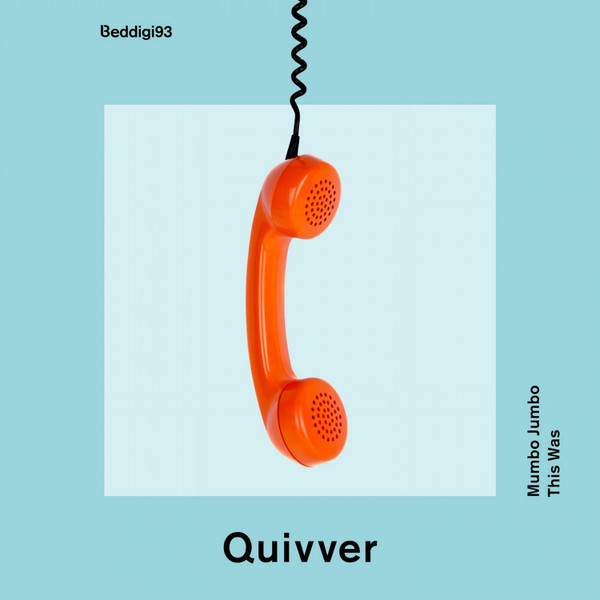
Bedrock
2017
From old dancefloor bombs to more recent artillery, “Mumbo Jumbo” dropped unassumingly on Bedrock in 2017. To the surprise of literally no one who had heard this, it became Bedrock‘s highest-selling single of that year and found itself in Beatport’s annual Top 10 best-selling progressive tracks.
Riding a bassline bigger than Texas, it mesmerizes with a potpourri of wonderful sounds and samples. It’s proper dancefloor gear.
“I had a feeling this track would do well. I spent a lot of time on it, and it took a while until I was happy with it. The vocals were very random; I was just trying to come up with ideas and wasn’t particularly happy with any of them.
“However, I fed them into Alchemy’s granular synth, messed around with them, and they ended up sounding weird and cool, kind of like Radiohead’s Kid A. This changed the whole vibe of the track.”
“It ended up being this quirky, bouncy, housey prog track and sat at number one on the Beatport Progressive Chart for about three weeks.”

VC Recordings
1999
Stoneproof was a short-lived project in the late ’90s which resulted in only one release: “Everything’s Not You”. Very much a product of its time (in a good way), it’s a single rooted in lounge and smoke-filled room ambiance.
Here, John’s vocals are underpinned by lightly brushed beats and a very somber delivery, lamenting over a relationship gone sour. Compared to his club cuts, this had a wider audience appeal that boded well for his reach. Ironically, that’s not how it played out.
Indeed, it was Quivver’s Space remix that elevated “Everything’s Not You” from daytime radio play to nighttime club epic. With its almost 10-minute runtime, it’s best experienced from start to finish, rolling out a lyrical story that’s enhanced by the audio drama soundtracking it. And does it pack some drama…
Where the first half feels lamenting and remorseful, the final half feels irate and angry. The sudden shift in the breakdown changes the tone from civil to tribal, as if our protagonist is exorcising demons in real time.
Most importantly, it elevates the dancefloor euphoria levels to 10. In short: it’s a Quivver classic that rippled across the scene like a tsunami.
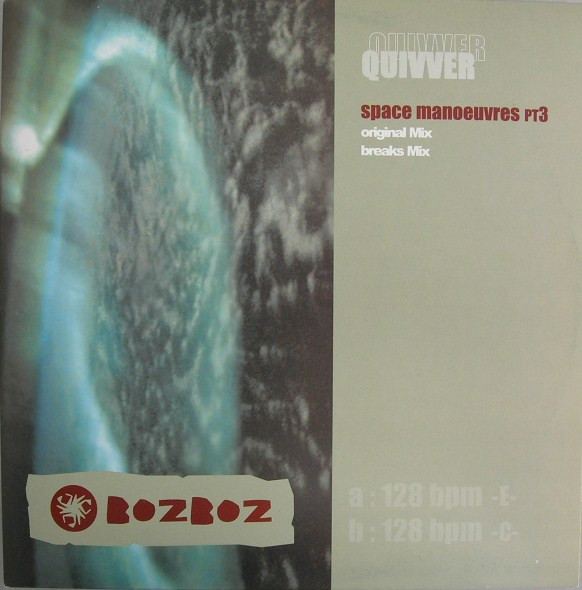
BozBoz
2004
Originally released on John’s BozBoz imprint, it reappeared on Oid, the 2005 Space Manouevres LP released on Lost Language. Like Part 1, “Space Manoeuvres Part 3” is designed for immersion.
Built around a warm, bubbling synth and propulsive prog, it captures the Quivver sound in a nutshell. The centerpiece is another wonderful sample vividly talking about strangers, races ‘as old as time’, and alien technology called ‘Tuning’.
As John reveals, that vocal was sourced from another sample: “This was from Kiefer Sutherland in ‘Dark City.'” In that 1998 neo-noir science fiction film, set in a mysterious city where the sun never rises, the message is a conspiratorial ride through cosmic unease.
In Quivver’s universe, it’s repurposed into a spoken-word one-man show, tabulating a fantastic tale that’s available in two distinct flavors.
hat breaks remix is certainly more-ish. It takes the melodic elements from the original and wraps them around a tech-flavored breakbeat which marches determinedly into battle. Like most of Quivver‘s music, it pulls you in like a black hole’s gravitational field – and never let’s go.

